Dry fruits creative food photography
Creative product photography
Creative photography is a powerful tool for businesses, particularly for those in the food industry. For grocery farms and upcoming dry fruit brands, it can be the key to creating a successful marketing campaign that highlights the quality and appeal of their products. By showcasing their products in visually striking and unique ways, they can attract the attention of potential customers and stand out from their competitors. Creative photography can also help to convey the brand’s personality and values, giving customers a deeper connection with the products they’re buying.
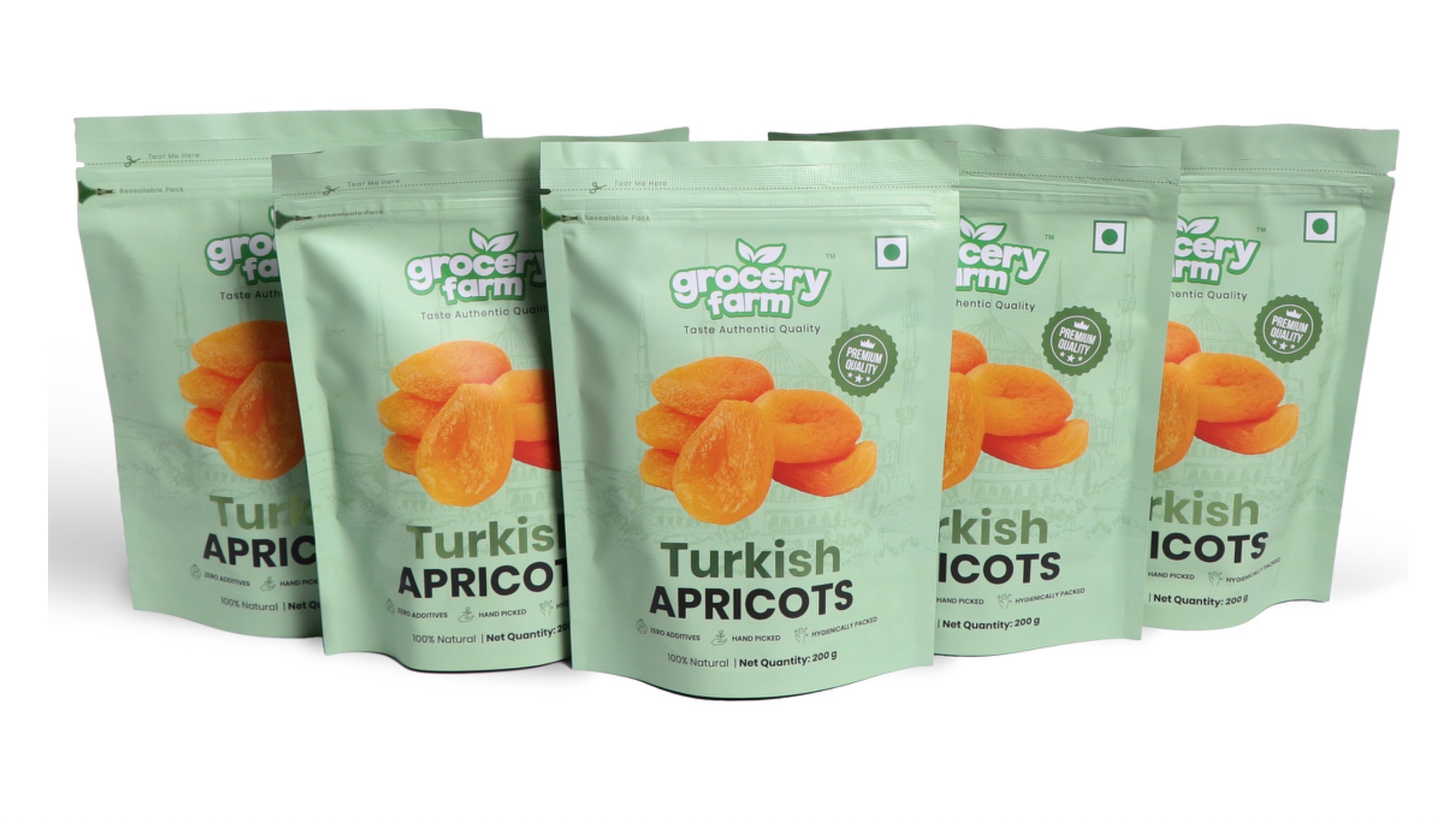
What’s Involved?
The client has requested creative photography for 14 different types of dry fruits, which will be shot in 4 different settings. The client has asked for visually striking images that will highlight the unique qualities of each type of dry fruit, including texture, color, and shape. The client has also requested catalogue images that show all 14 types of dry fruits together in a visually appealing way. The images will be used for the client’s website, social media, and marketing materials, and they should be high-quality, professional, and consistent in style.
Project Brief
Creative product photography combined with artistic food photography.
Resources & Equipments
Photographer and food stylist. Multi color background with 1 light, 50mm and 18-135mm lens, and props.
Execution time
Moodboard: 2 days, Shoot: 5 days, Editing: 3 days
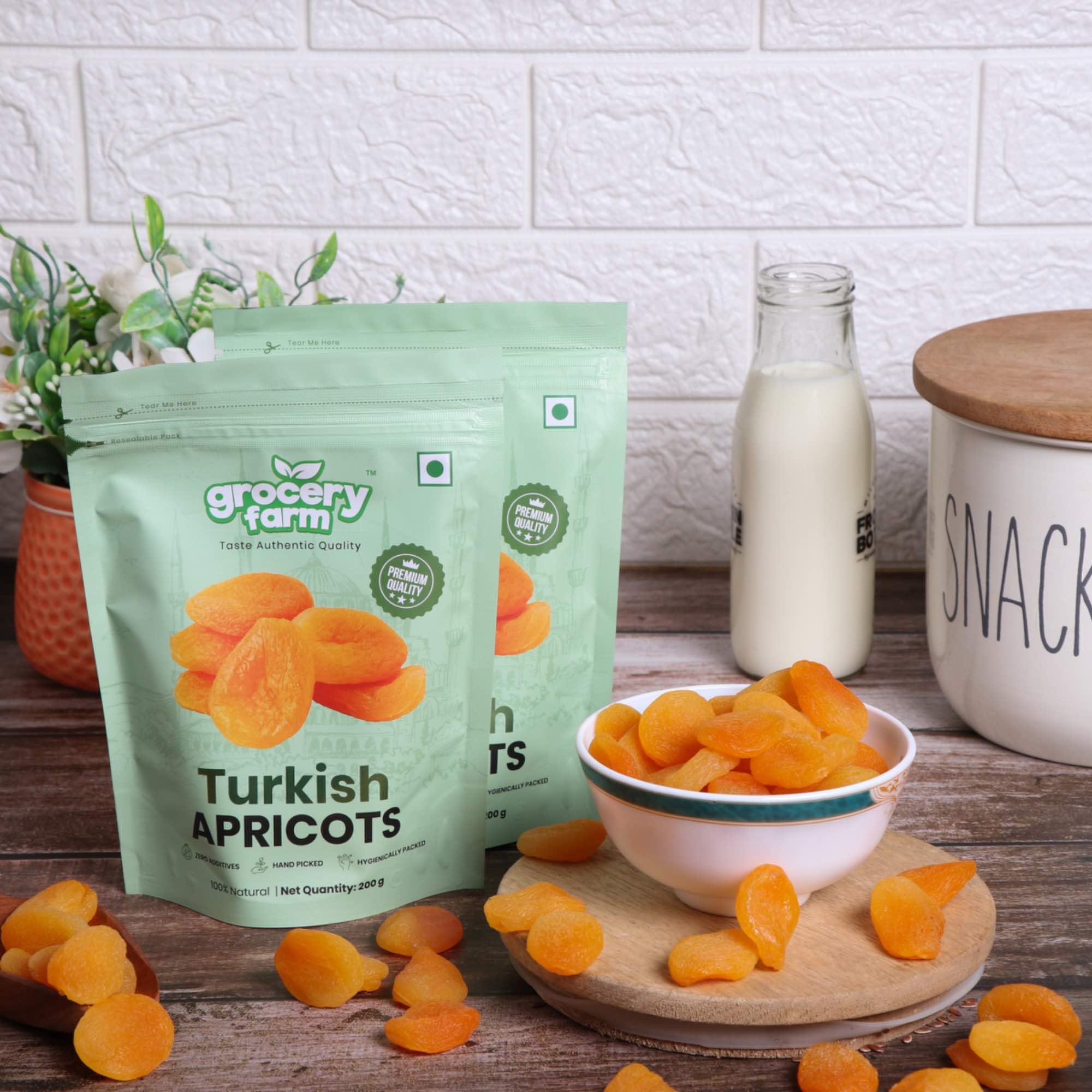
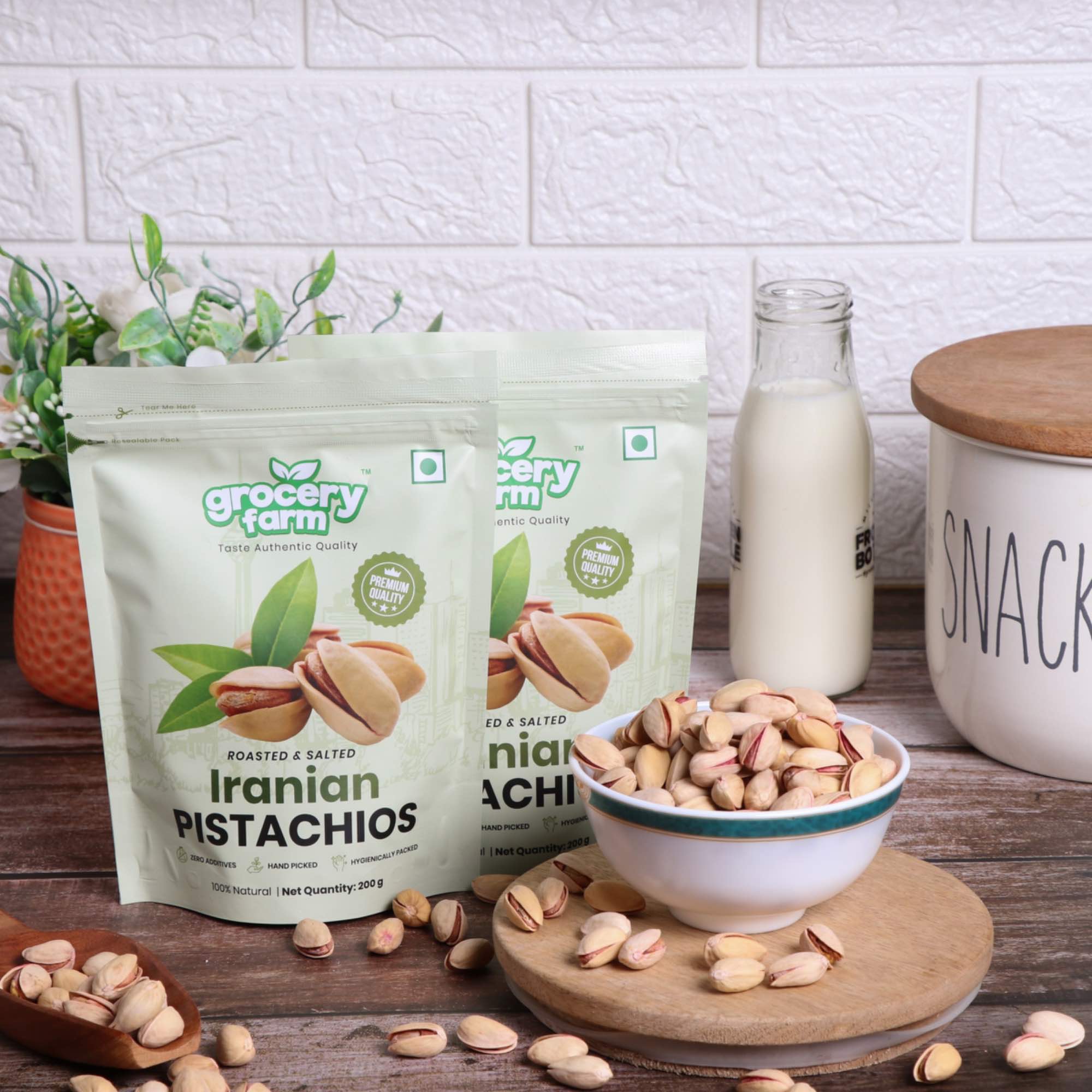
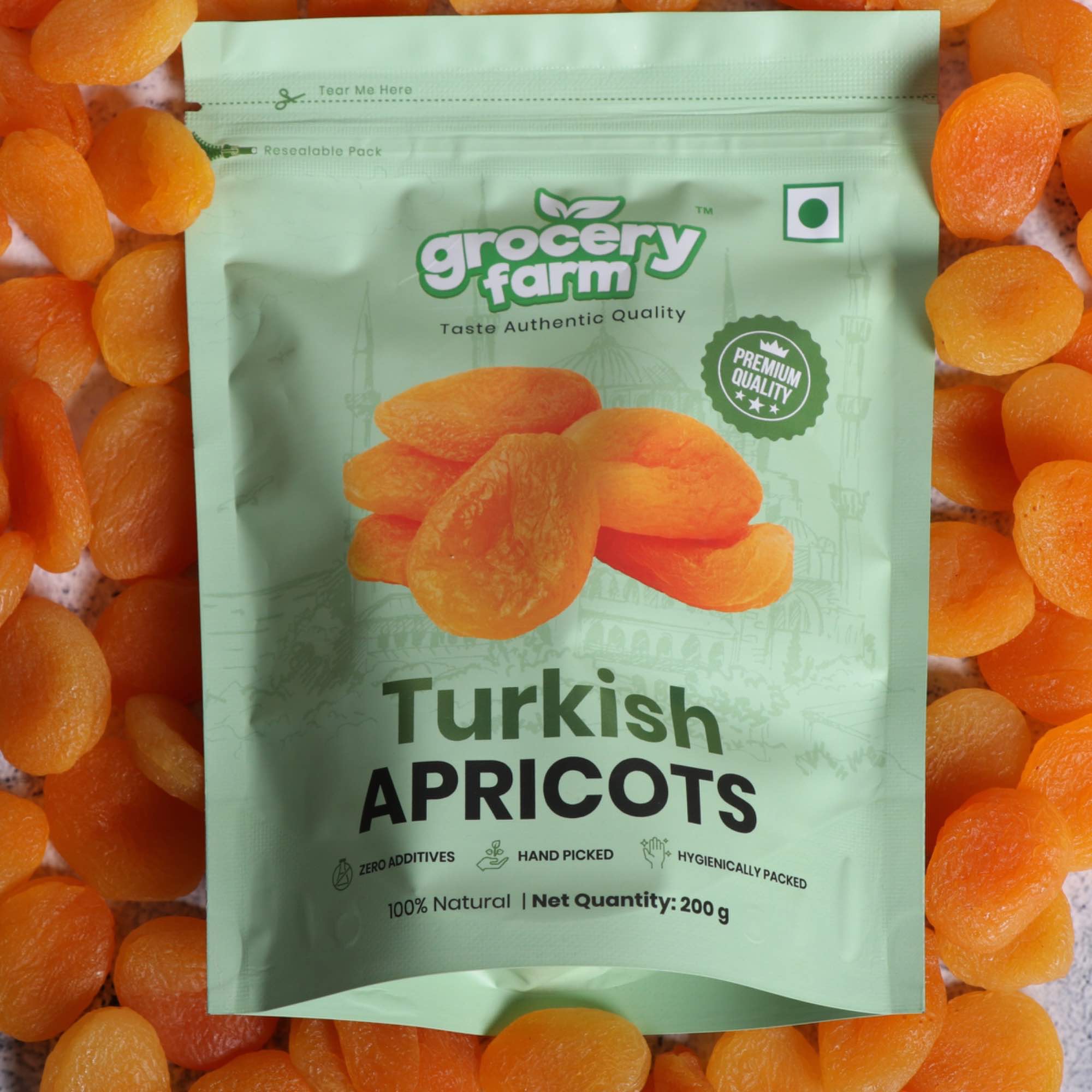
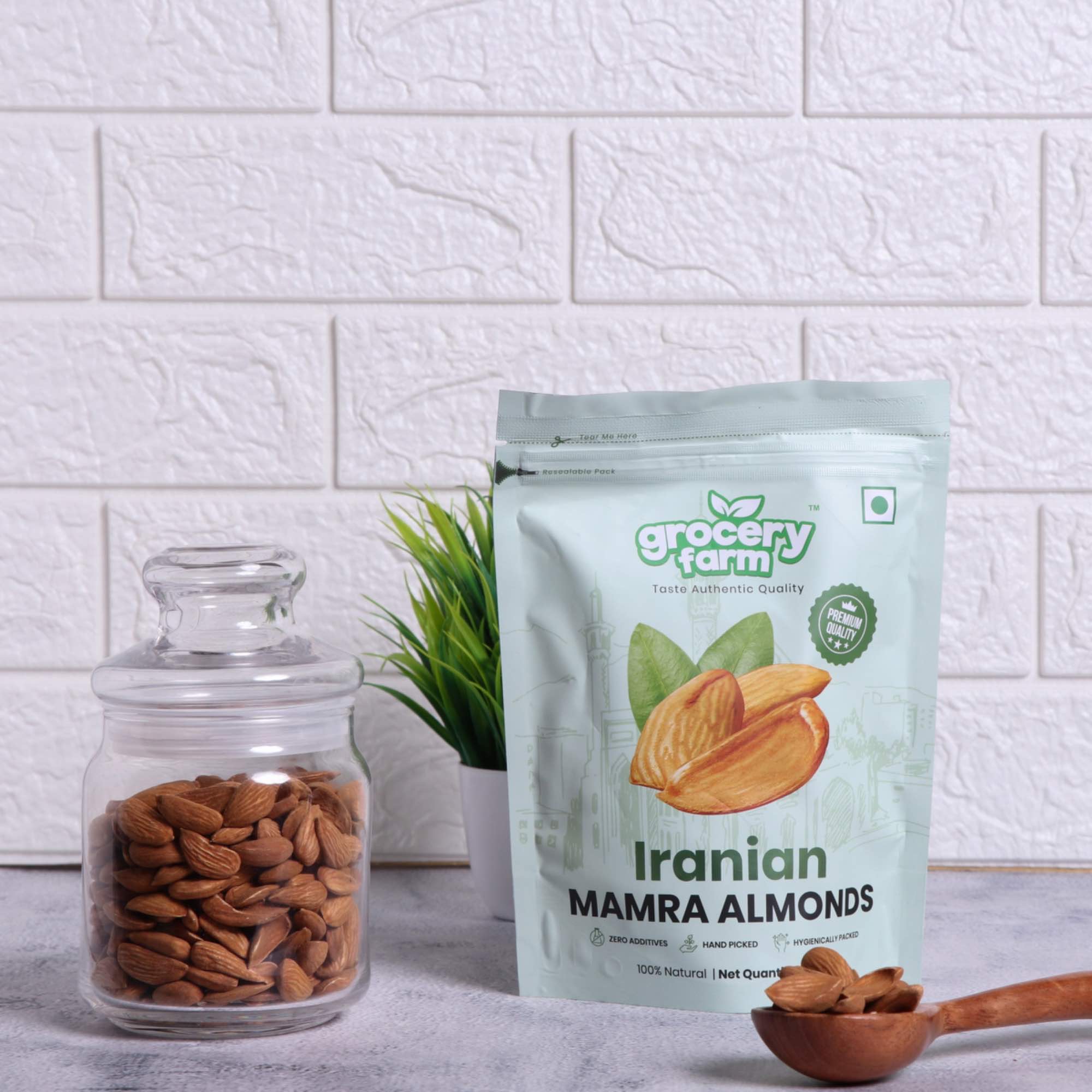
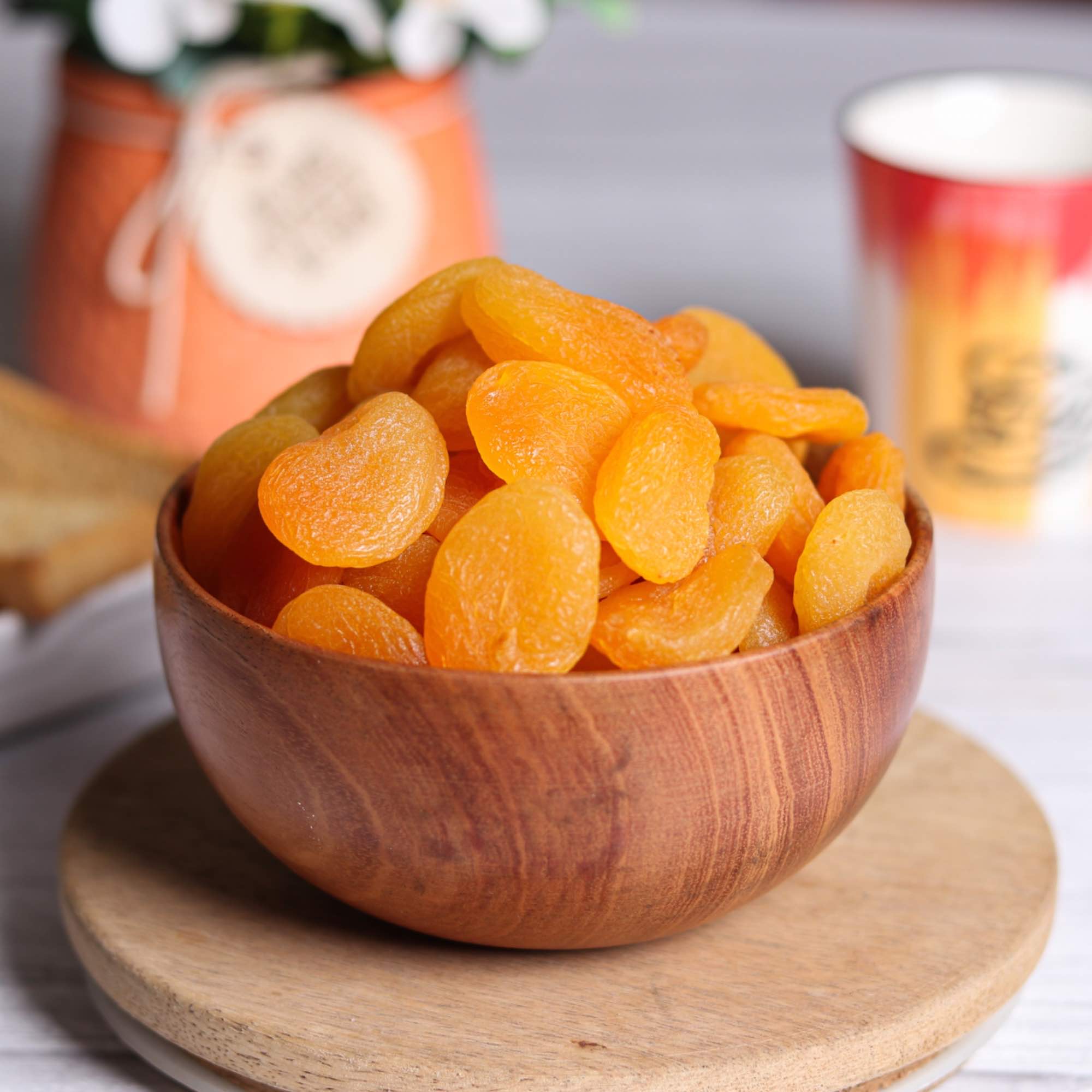

FAQ
What is the cost of creative food photography?
The cost of creative food photography varies depending on a number of factors. For example, the complexity of the shot and whether or not it requires additional editing may influence the price. Additionally, if props are necessary or extensive set design is required, those can add to the total cost. The extent of the photography project – including how many shots are needed, where the shoot takes place, and how long it will take – will also be taken into account
What type of backdrop is used for food photography?
Food photography is a visual art that requires the perfect backdrop to truly bring out the deliciousness of the food. While plain white and solid, neutral colors are often used as backdrops, more experienced food photographers use more creative ways to showcase culinary creations. One of the most popular backdrops in food photography is wood, as its natural and rustic feel helps to draw the viewer’s attention and create a more inviting atmosphere. Other popular backdrops used by food photographers include marble, slate, fabrics, and textured paper
Which props can be used for food photography?
Creative food photography relies on a variety of props to create the desired look, feel and effect. Although the main focus should be on the ingredients and presentation of the dish itself, surrounding elements can help create a more interesting image. With just a few well-chosen items, you can give your photographs added depth and texture. In this shoot of Tropolite whipping cream we have used cakes, pastries, baking plate, chocolates, oven glove, champagne bottle, strawberries.
How to make your food product stand out in photos?
In order to make your food product stand out in photos, there are several tips and techniques to keep in mind. First, pay attention to the details! Experiment with different angles and perspectives to capture interesting shots that make the food look its best. Good composition, lighting, and styling will make a big difference in how appetizing your product looks on camera.
It’s also important to focus on colors and textures when photographing food. The use of props such as dishes, utensils, or garnishes can also add to the visual appeal of a photo and help draw attention to the product. Finally, take advantage of any natural elements in your environment that can be used to enhance the look of your photos.
What are some common mistakes to avoid in food photography?
There are several common mistakes to avoid in food photography to ensure that your images look their best:
-
Poor lighting: Using harsh or dim lighting can make your photos look unappetizing or unappealing. It’s important to use natural or soft light and avoid using the flash on your camera.
-
Overstyling: While it’s important to style and arrange the food in an appealing way, over-styling can make the dish look unrealistic or unappetizing. Keep it simple and focus on the natural beauty of the food.
-
Unappetizing food: If the food itself doesn’t look fresh or appetizing, it will be difficult to make it look good in a photo. Use fresh ingredients and take care in preparing the dish.
-
Messy backgrounds: A cluttered or messy background can distract from the main focus of the photo – the food. Keep the background simple and clean.
-
Over-editing: While it can be tempting to apply a lot of filters or effects to your photos, over-editing can make them look unnatural or fake. Use editing tools sparingly and focus on enhancing the natural beauty of the food.
-
Poor composition: The composition of your photo is important in guiding the viewer’s eye and creating a sense of balance and harmony. Take care in arranging the food and other elements in the frame.
How do I style and arrange food for the most appealing shot?
Styling and arranging food for the most appealing shot is both an art and a science. Here are some tips to help you create visually appealing food photos:
-
Keep it simple: Don’t overcrowd the plate or add too many elements that will compete for the viewer’s attention. Focus on the main dish and choose simple, complementary elements to add interest.
-
Think about color: Use a color palette that complements the food and creates a visually appealing contrast. For example, red berries against a green background can create a striking visual impact.
-
Consider texture: Texture can add depth and interest to a food photo. Think about using contrasting textures, such as a crunchy granola on top of a smooth yogurt.
-
Use props strategically: Props can add interest and context to a food photo, but be careful not to overdo it. Choose props that complement the food and don’t detract from the main dish.
-
Pay attention to composition: The composition of your photo is important in creating balance and harmony.


Get in touch with us
Our digital marketing team is always ready to help. Give us a call, drop us an email, or just fill in the form below to instantly schedule a call with us.